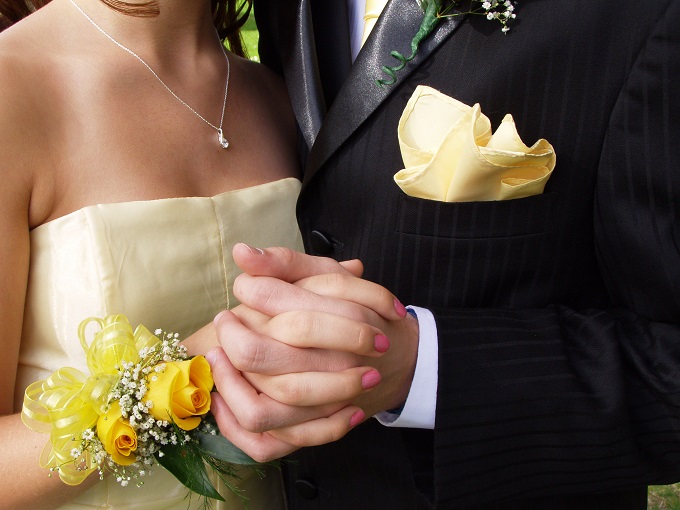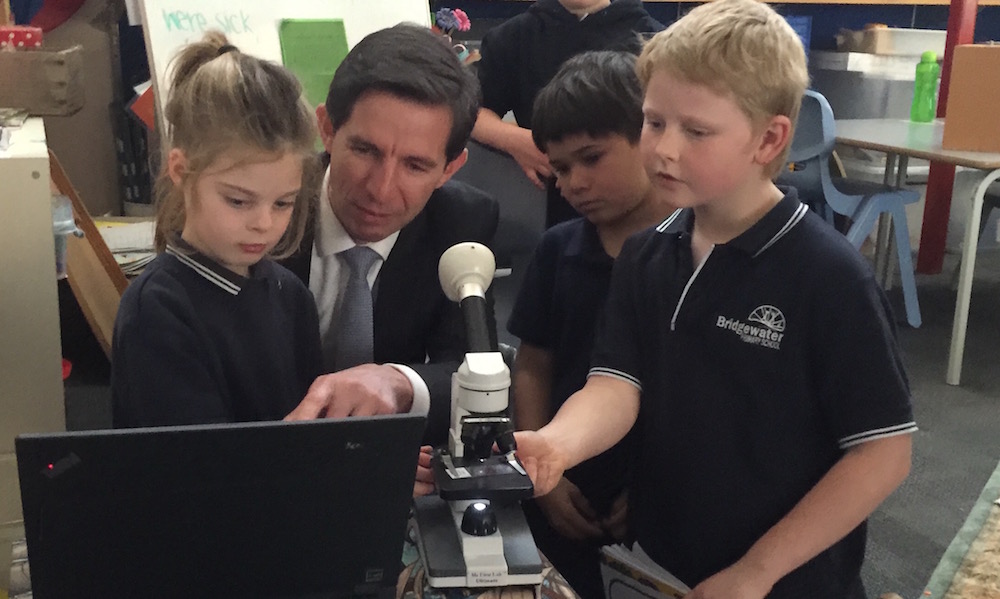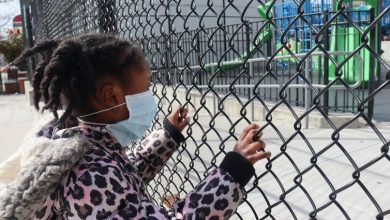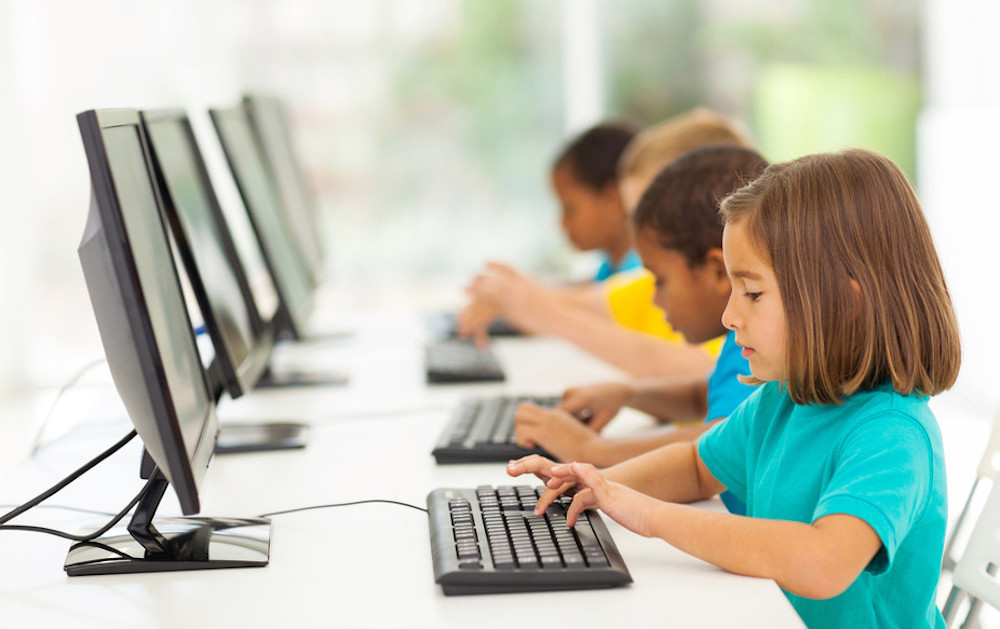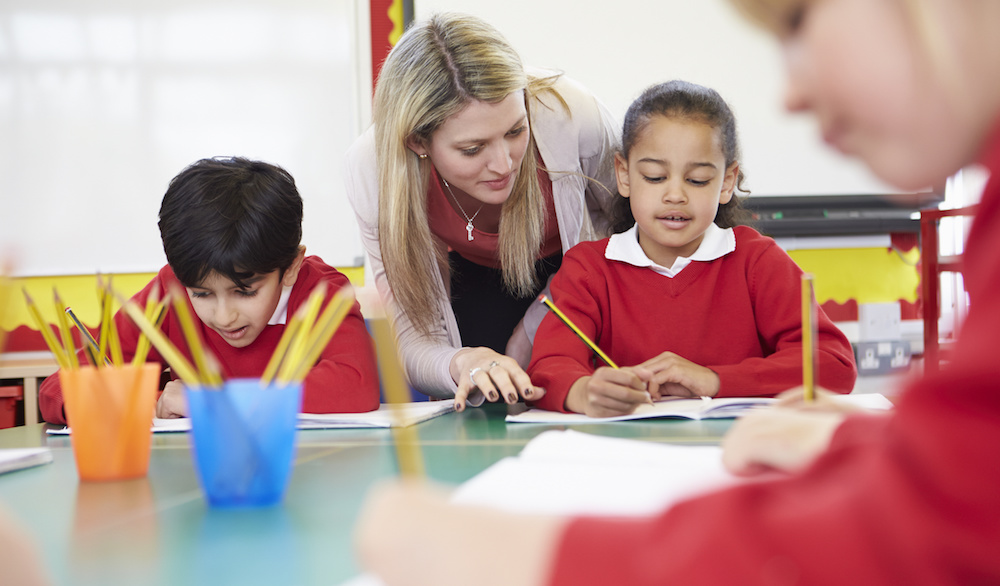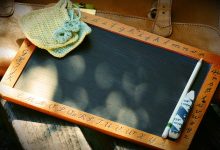School playgrounds are getting squeezed: here are 8 ways to keep students active in small spaces
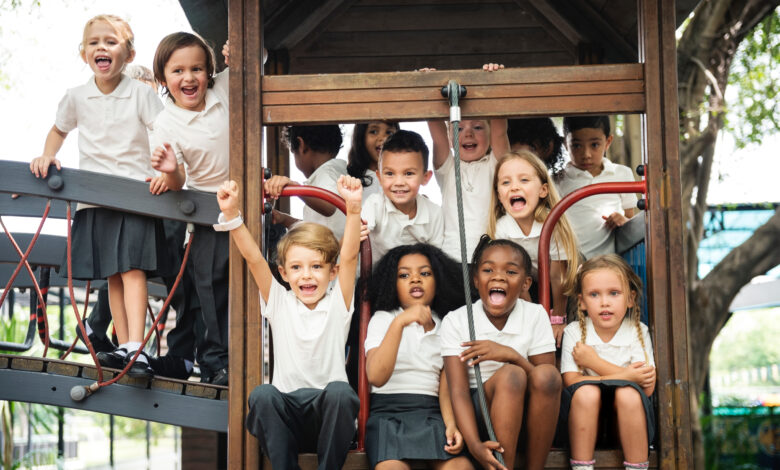
As enrolments climb and urban spaces become more crowded, some Australian schools have been left with less play space per student than a prison cell.
Standard prison cell guidelines recommend at least 7.5 square metres per prisoner. One Sydney school reportedly has just 1.14 square metres of play space per student.
As experts in health and physical education, we are deeply concerned by reports students are running out of play space.
Why is this a problem? And what options do parents and teachers have to keep young people happy and healthy?
Space at a premium
Australian student numbers are predicated to increase by 17% over the decade to 2026, creating a need for hundreds of new, mostly metropolitan schools and new classrooms in areas previously set aside for play.
With only small blocks available for some inner-city school sites, “vertical” schools have been established in most Australian states. More vertical schools are planned, even at the primary level.
Vertical schools can provide some space for climbing, indoor running and ball sports, as well as outdoor areas such as rooftops.
But a lack of space and a reliance on lifts rather than stairs does not help keep kids active or provide much opportunity to engage with nature.
Australian kids have alarmingly low physical activity levels. Making sure students get the activity they need is vital for them to grow up fit and healthy.
How much space do kids need?
Australian guidelines on free play space – school areas other than buildings, footpaths and car parks – suggest a minimum of ten square metres per student.
However, Australian researchers have recommended school spaces should ideally be increased to 25 square metres per student, combined with access to portable play equipment such as balls, bats and blocks.
Even more space can have extra benefits. Two studies in Europe showed when more than 15 square metres per student was available, primary school children were much more physically active than those with less than eight square metres.
A study in the United Kingdom found that as play spaces per child increased, so did more vigorous physical activity. Smaller play spaces can result in crowded play, clashes and reduced movement.
8 ways to keep kids active in small spaces
Children need space to discover, take calculated movement risks and extend themselves physically. Here are eight ideas to keep young people active in confined spaces.
These can be adapted to the home, classrooms, gymnasiums and outdoor areas, whatever the weather.
1. Move to a theme
Give kids a body movement theme, such as “stand as tall or as wide was possible”.
Students then move in a variety of ways to match the theme – widening or narrowing their body, twisting, turning, bending, stretching, balancing, rolling and transferring body weight.
2. Use activity ‘zones’
Use task cards to create zones and stations in small spaces where small groups of students can do different activities such as push-ups or skipping. Cards can illustrate ways to undertake the activities at different levels – from easy to medium and difficult.
Sport Australia’s Playing for Life cards allow teachers and parents to match activities to children’s ages.
3. Move to music
Dance offers a wide variety of activities and sequences of movements that can be done in a small space.
Along with making up their own dances, students can perform movements that suggest words for others to guess. Another option is regular one-minute bursts of movement with music throughout the day.
4. Set up obstacle courses
Get students to make up obstacle courses. Not only is this an exercise in problem-solving, it can also increase their motivation around physical education.
5. Use nearby parks and facilities
Many young people do not use their closest park. But public spaces can be a valuable resource for physical education and engagement with the community.
6. Play co-operative games
Develop co-operative movement challenges. These ask groups to work together in a small space, developing not just gross motor skills, but team work and problem-solving. An example is throwing a scarf in the air that both partners need to catch, gradually increasing the distance apart.
7. Adapt the space
Use colours, lines and patterns within spaces as guides for students to follow, aim towards and jump on during movement activities.
It’s also a useful way to break up the space into zones for different activities, and even target games such as bowling and beanbag bocce.
8. Look beyond PE
Beyond physical education school subjects there are other opportunities to be active. This even includes traditional subjects like maths and English, which can be adapted to use movement-based activities.![]()

